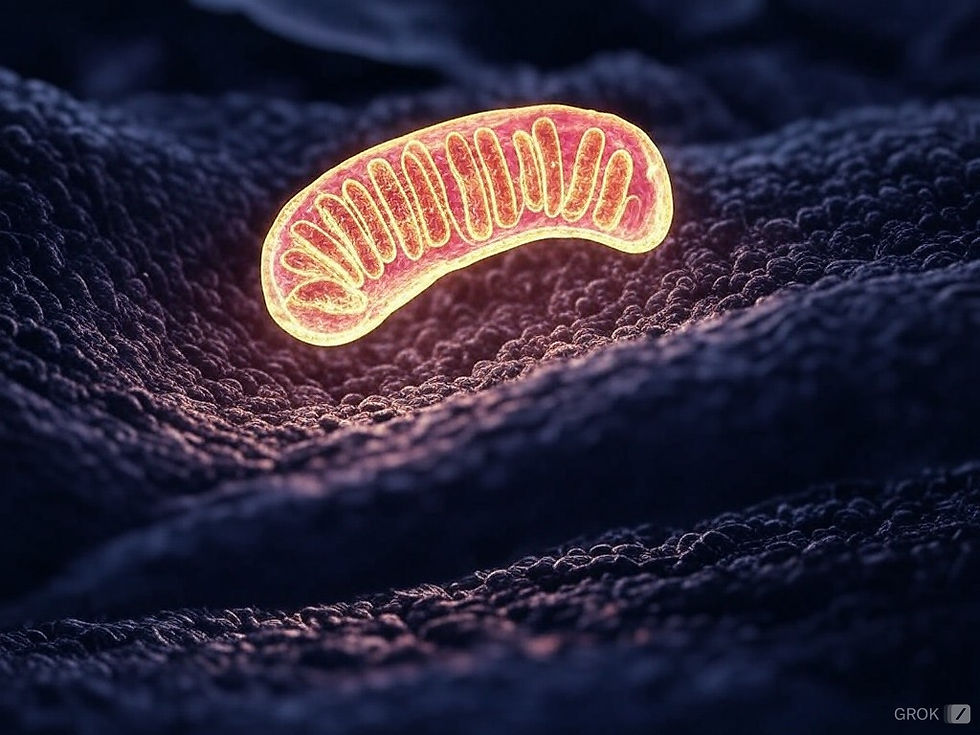How many stomachs does a human have?
- Zac

- Jul 17, 2023
- 3 min read
We welcome Elizabeth A Grochowska (MSc Biol, LCH, Dipl EMS, member CThA) to our blog posts, who will deliver Food for Thought from her findings within her specialised fields of biology, nutrition, and more for hu.

I recently went to the famous Chelsea Flower Show in London: lots of breathtaking displays, interesting and beautiful flowers, and some weird innovations too.
In search of sustainability, people try to invent. And there it was: a dress made of grass roots. A dress that the designer claims humans could eat. Although capable of processing it in her stomach, a cow would no doubt hesitate - but a human, really?!
It appears that some people think that our stomach is capable of the same as a cow’s. In fact, the cow has a stomach, but it consists of four compartments and is capable of digesting cellulose because of a specific digestive process.
Cellulose is an insoluble fibre present in plants. Animals like cows, sheep, antelope, and elephants (generally herbivores) live on plants and consume a lot of them. Cellulose is an essential building element that gives plants their structure and support.
For example, if you look at a cross-section of a rose stem under a microscope you can observe cells with a wall around their cell membrane. That wall contains cellulose, a rigid and protective material.
As some might know, cells form tissues and so-called vascular tissue (phloem and xylem), which is a pipe-like system that grows from the roots upwards. The function of this system is to transport water and nutrients through stems to leaves and flowers and to every cell of the plant.

In the plant kingdom, there are many types of plants. Those that have their vascular system essentially built of cellulose are called Vascular Plants. They range from small and delicate species such as daisies and grasses to much tougher plants, like sunflowers and huge redwoods. Trees especially contain a lot of cellulose, which is traditionally sourced for paper production.
The human stomach does not contain enzymes that enable cellulose to be digested. Instead, cellulose passes through the gut along with other indigestible matter.
While eating salads and root vegetables with our dinner we consume different types of fibre. A fibre-rich diet is very important, as we need to provide essential nutrients for our gut biome, an array of microorganisms (bacteria, fungi, viruses) living in our gut. The latest research shows that various microorganisms are also found in our brains!
Cellulose and other plant fibre allow our microbiome to thrive; in exchange, the biome provides us with enzymes, hormones, and neurotransmitters. We are very dependent on our gut biome. Its diversity matters a great deal to us and determines our overall health, impacting it significantly on a physical as well as on a mental/emotional level. These little buggers that make up the biome outnumber our own cells too. There are billions of them, so taking care of them is of utmost importance.
In conclusion: we eat vegetables, not our clothes!
Look out for the next guest episode of this blog from Elizabeth. We are going to cover what exactly is in the popular kid's drink, PRIME, and also look into immunity, digestion, mental health, and much more.
Further reading:
(1) Regulation of Neurotransmitters by the Gut Microbiota and Effects on Cognition in Neurological Disorders. Yijing Chen,1 Jinying Xu,1,2 and Yu Chen1,2,3,* Ruggiero Francavilla, Academic Editor. https://www.ncbi.nlm.nih.gov/pmc/articles/PMC8234057/
(2) When Gut Bacteria Change Brain Function. Some researchers believe that the microbiome may play a role in regulating how people think and feel. By David Kohn.
(3) Toward understanding links between the microbiome and neurotransmitters. Jonathan B. Lynch, Elaine Y. Hsiao https://nyaspubs.onlinelibrary.wiley.com/doi/full/10.1111/nyas.14993






Comments